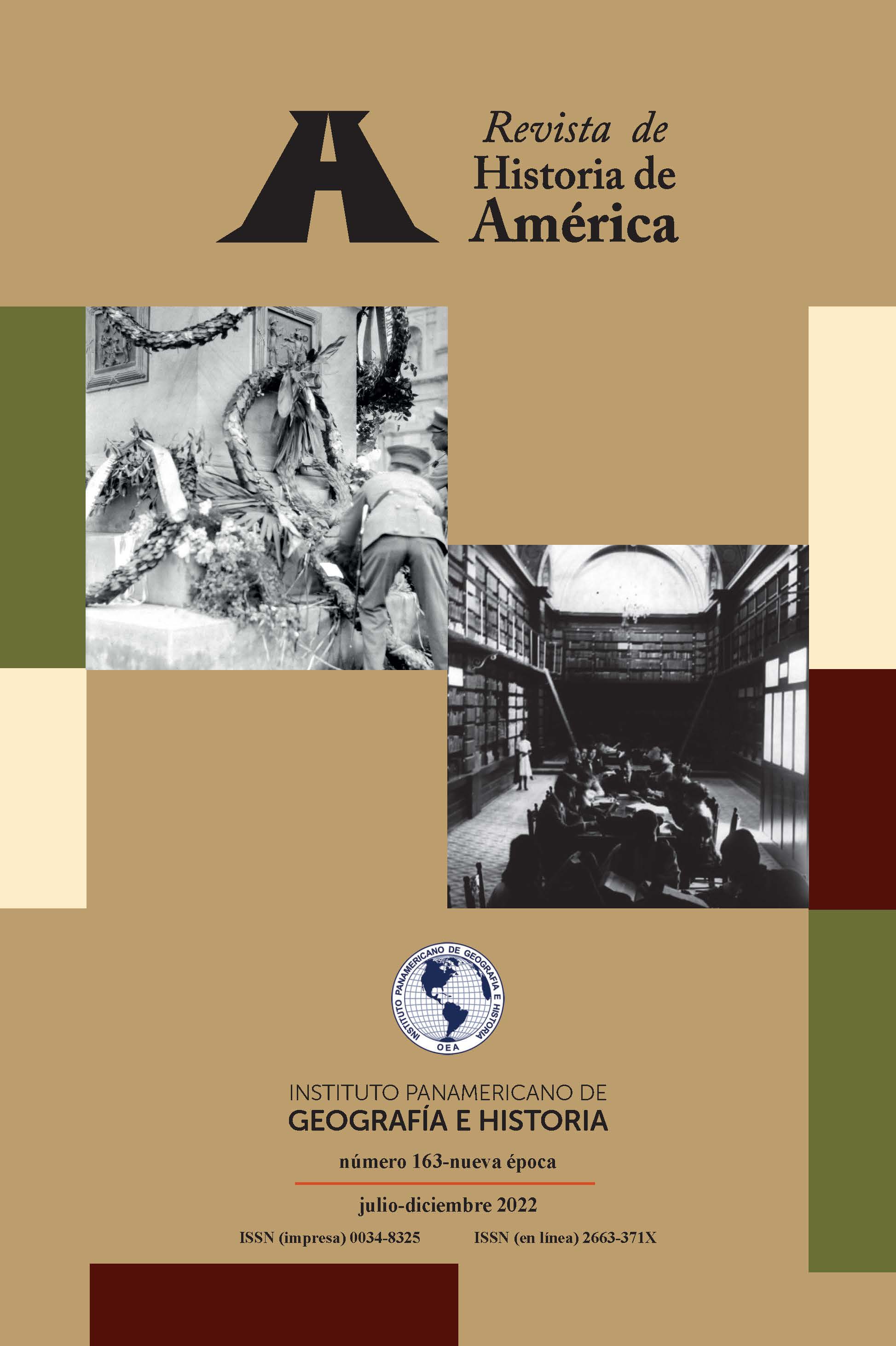Caracterización de fuentes en el estudio climático de América de los siglos XVI-XVII
Main Article Content
Abstract
Studies on the climatic history of America in the 16th-17th centuries, in the Hispanic-American historiographic academic field, have not been sufficiently addressed until today with regard to the interpretation of the documentary sources, or proxy-data, produced in those centuries. This situation is mainly due to the fact that climate reconstruction studies have focused on scientific or “direct” sources, such as dendrochronology, and the analysis of soil sediments or glacier layers, methods that provide empirical information on the variability of a historical period for which no scientific records are available. However, there are various categories of historical sources that allow the climatic reconstruction of an era according to the subjective descriptions left in them, since they express a multiplicity of perspectives on how the climate was understood and interpreted in the “being-in-the-world” of the subjects in the 16th-17th centuries, periods belonging to the so-called Maunder Minimum of the Little Ice Age. For this reason, this article is intended to be an introductory study, or a reference manual, on the types of scientific and historical documentation that exist for the construction of the climate history of the first two centuries of the colonial period of America.
Downloads
Article Details
-
Abstract688
-
PDF (Español)404

